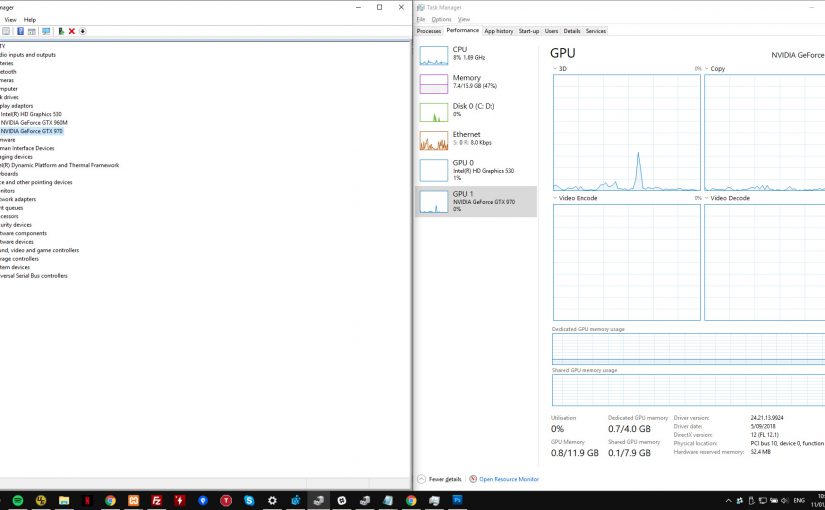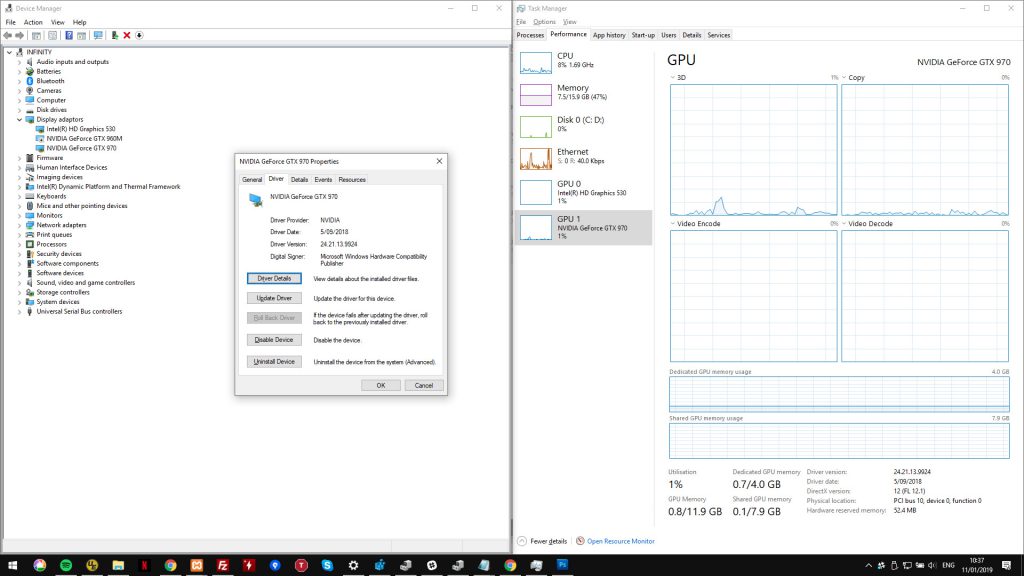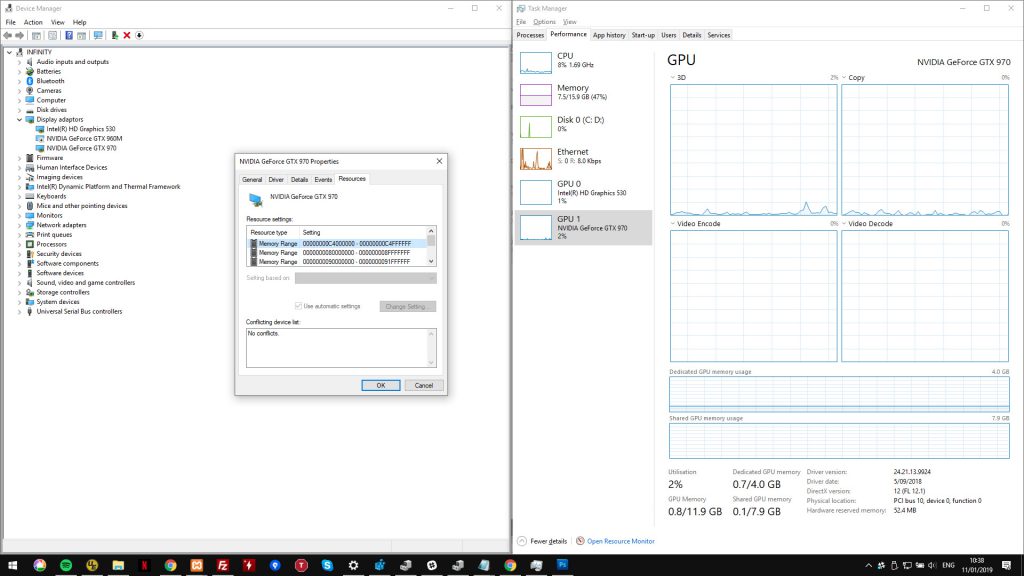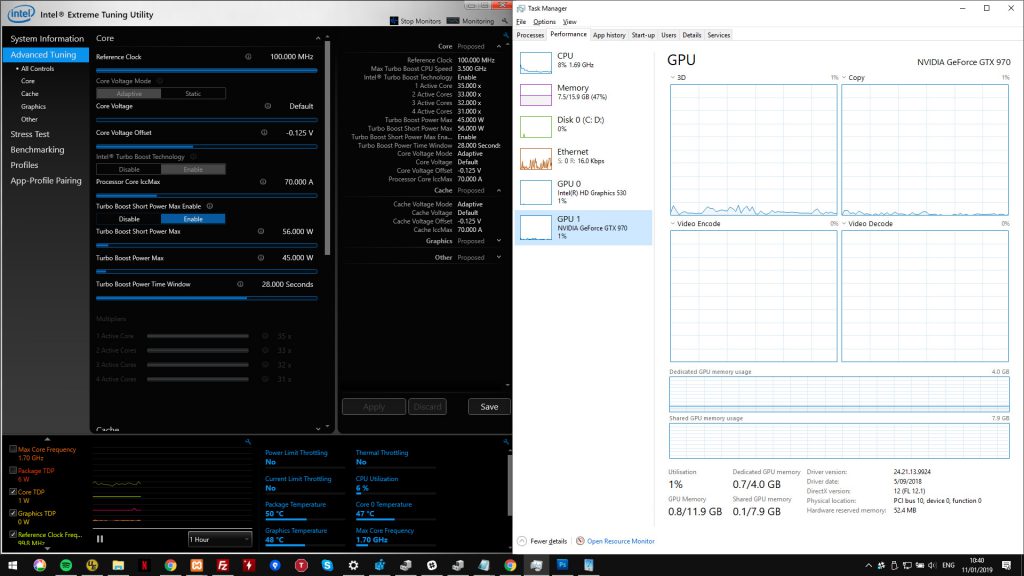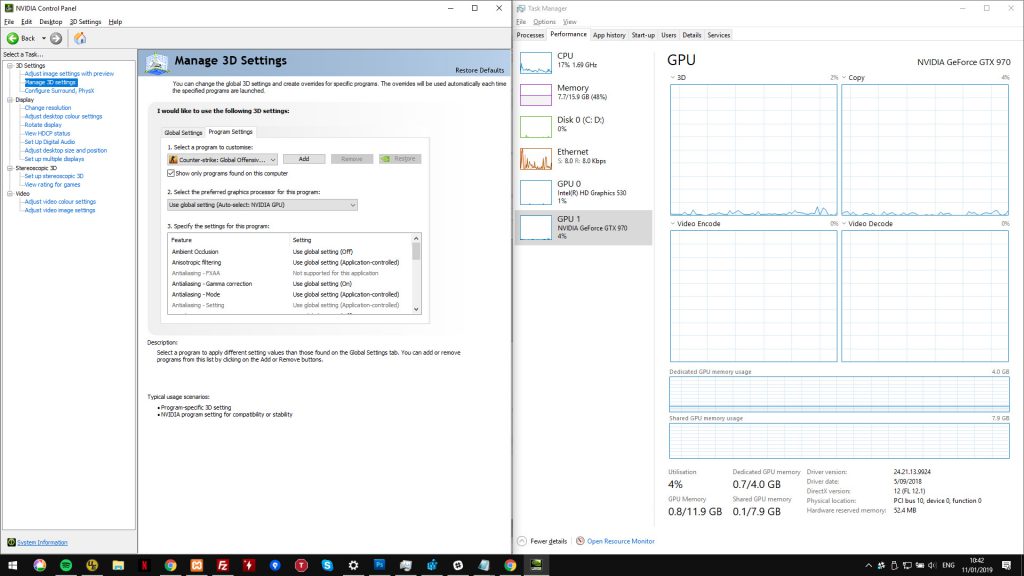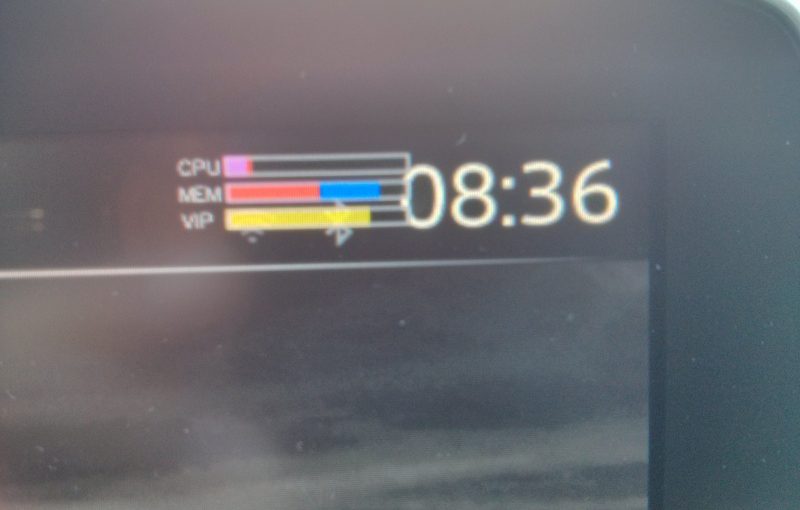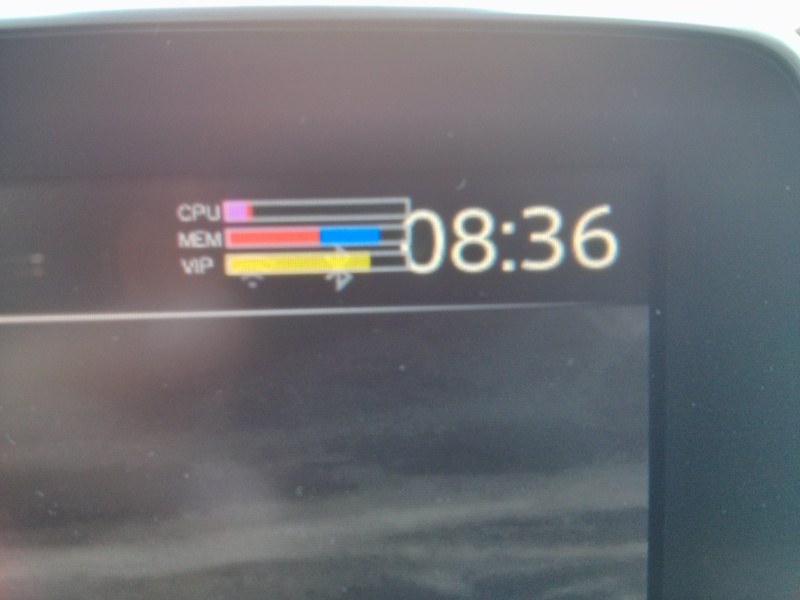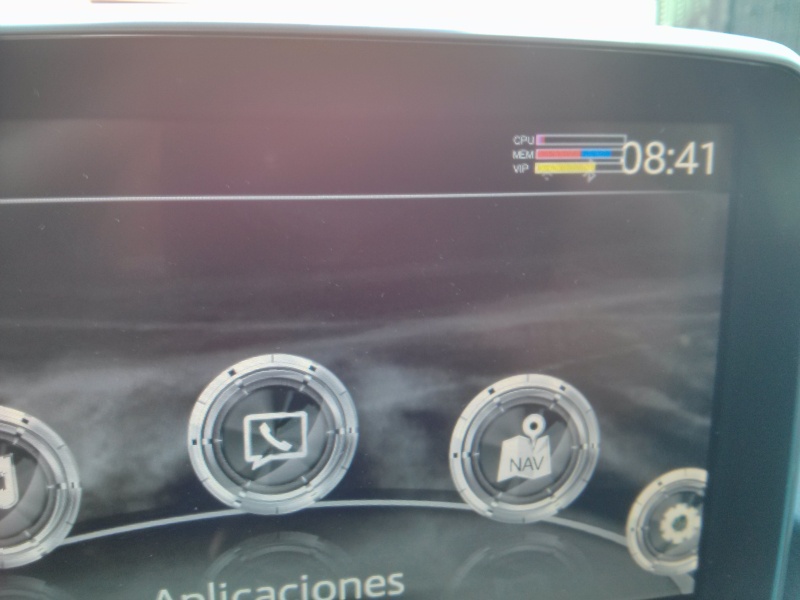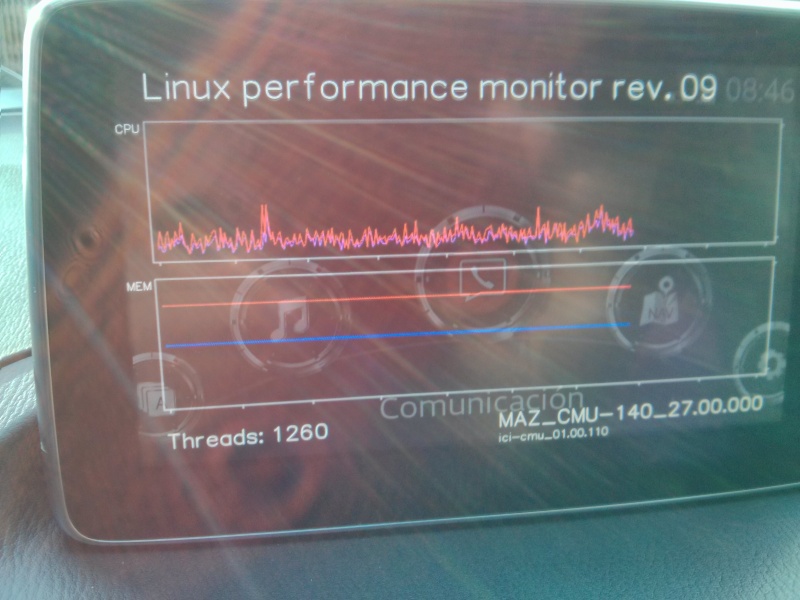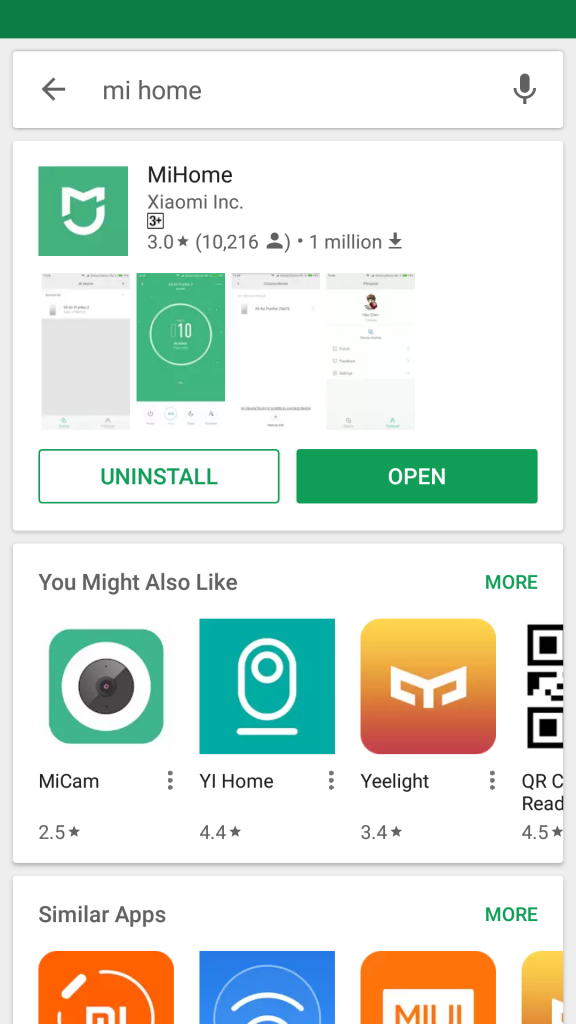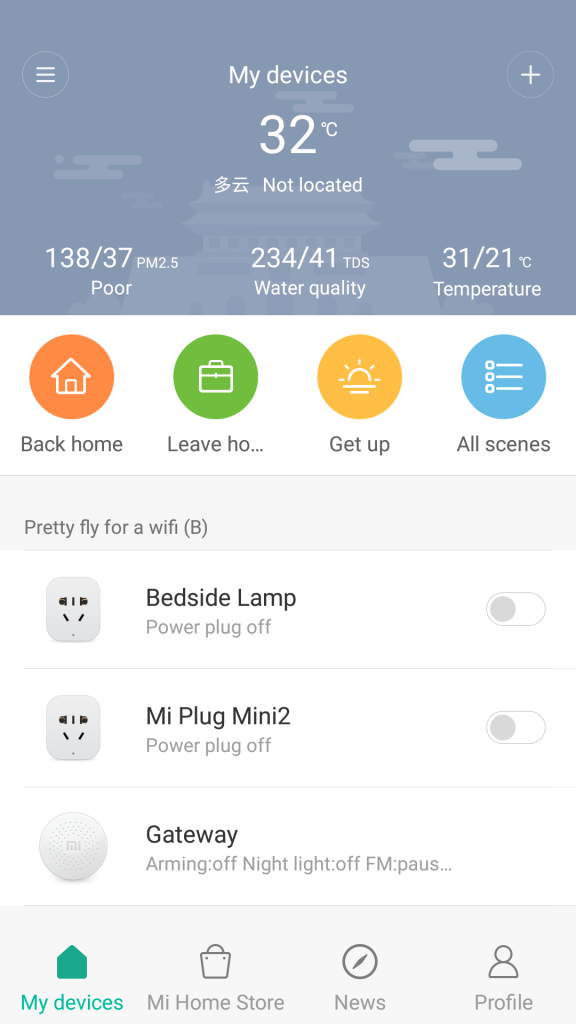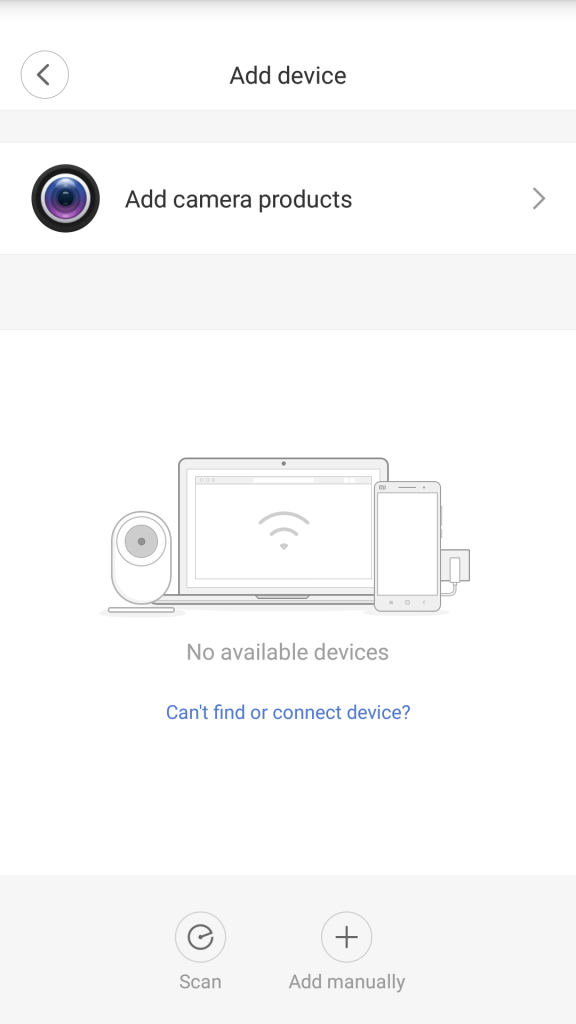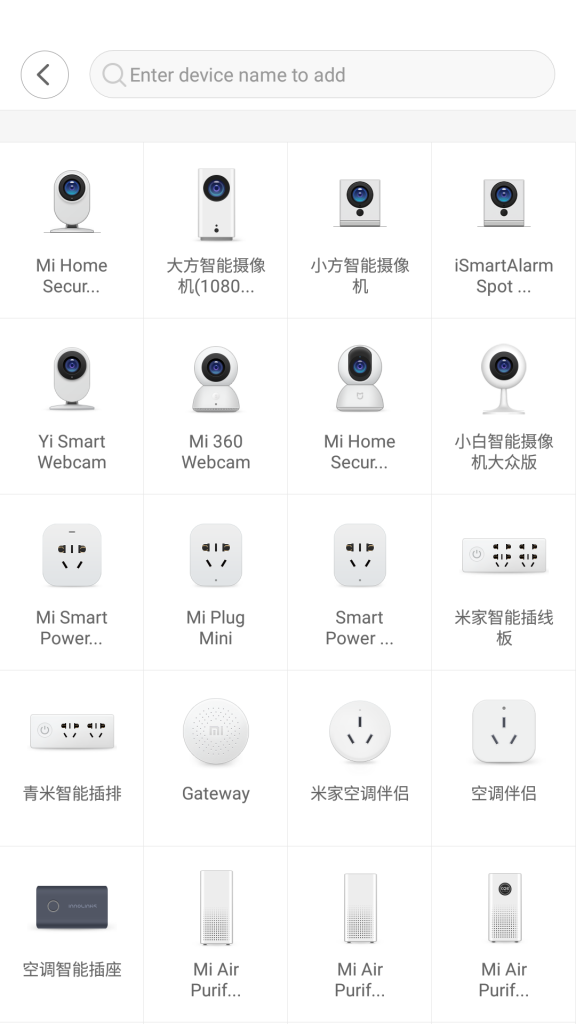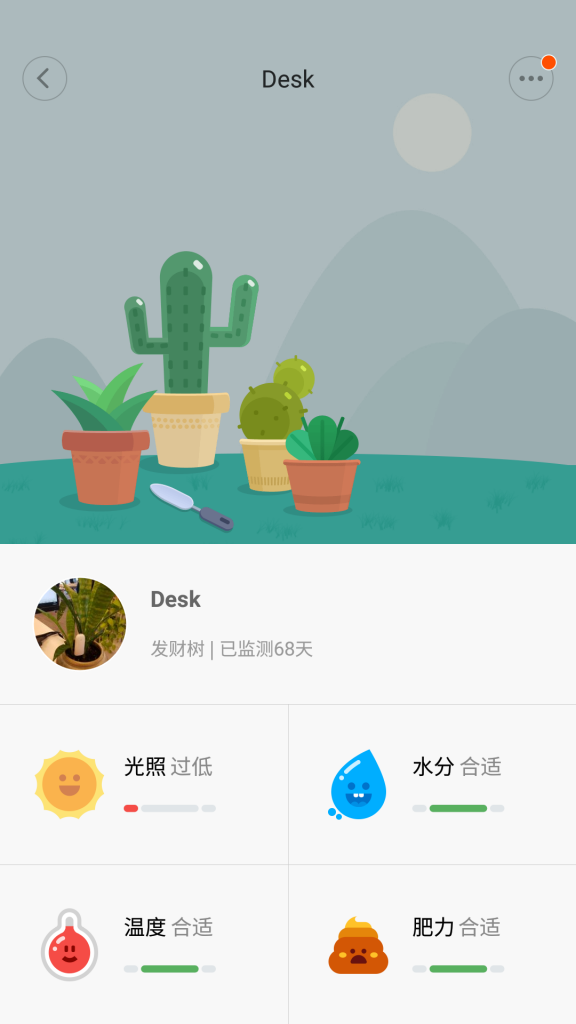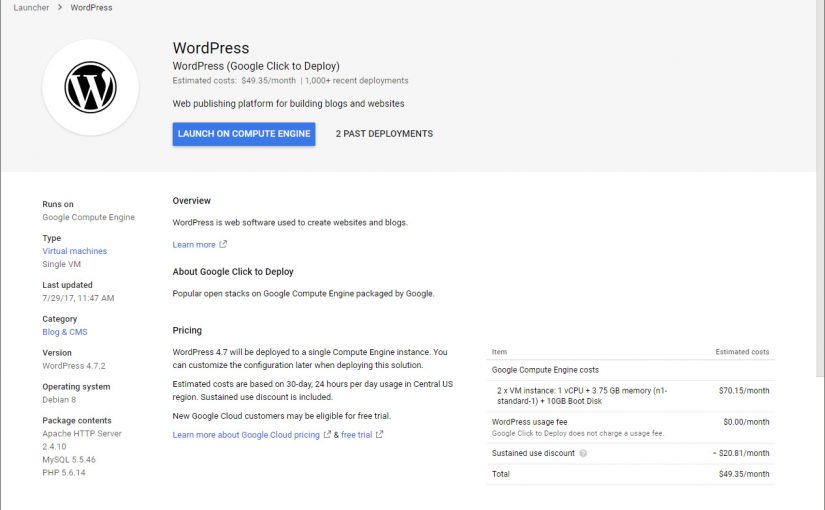I installed the WordPress package when setting up my Synology NAS, it’s been running without fault for years but due to lack of package updates has reached end of life. Time to migrate to Web Station!
The WordPress package maintained by Synology is locked to PHP 5.6 and Apache HTTP Server 2.2 meaning there’s no upgrade path for either PHP or Apache HTTP Web Server.
Here’s how to migrate from the Synology WordPress package to Web Station:
- Connect to DSM and log in as an Administrator, or user with read/write access to Web Station files at /web/ as well as the following DSM Apps
- File Manager
- Package Centre
- Web Station
- Open File Station and navigate to the /web/wordpress/ directory
- Copy the /web/wordpress/ directory contents to a new temporary directory away from Web Station (e.g. /backup/wordpress/…)
- Open Package Centre
- Search for “Apache” and install the Apache HTTP Server 2.4 package
- Search for “PHP” and install the PHP 7.3 package
- Open Web Station
- From the Status tab ensure that both Apache HTTP Server 2.4 and PHP 7.3 are listed within the Back-end Packages section and marked as Installed.
- Switch to the PHP Settings tab
- Create a new Profile by clicking the Create button, set the following fields within the popup dialog:
- Profile Name: Default profile
- Description: Default PHP 7.3 profile
- PHP version: PHP 7.3
- Enable PHP cache
- Select any PHP extensions you require, if unsure check against the default extensions already enabled from the default PHP 5.6 profile on the PHP Settings tab
- Click OK to create the new Profile
- Switch to the Virtual Host tab
- Create a new Virtual Host by clicking the Create button, set the following fields within the popup dialog:
- Hostname: wordpress
- Port: 80 / 443
- Document root: Click the Browse button and navigate to the /web/wordpress/ directory
- HTTP back-end server: Apache HTTP Server 2.4
- PHP: Default Profile (PHP 7.3)
- Click OK to create the new Virtual Host
- Open Package Centre
- Search for “WordPress” and select Uninstall from the Actions dropdown
- Accept the confirmation prompt that you wish to uninstall this package
- When prompted if you wish to delete the WordPress database leave the tickbox unchecked and do not fill the database login fields; we want to keep the existing WordPress database
- Click Uninstall to remove the WordPress package
- Open File Station and copy the temporary backup directory (e.g. /backup/wordpress/…) back to /web/wordpress/
- Open Web Station and switch to the Virtual Hosts tab
- Ensure that the Sub-folder Name column for the wordpress Virtual Host is still set as /web/wordpress, if this is blank edit the Virtual Host and re-link it to /web/wordpress/
- That’s it!
Open up your browser and navigate to your WordPress site to confirm the migration was successful. You can now change the HTTP back-end server and PHP version at any time via Web Station! Pretty nifty. 🙂

